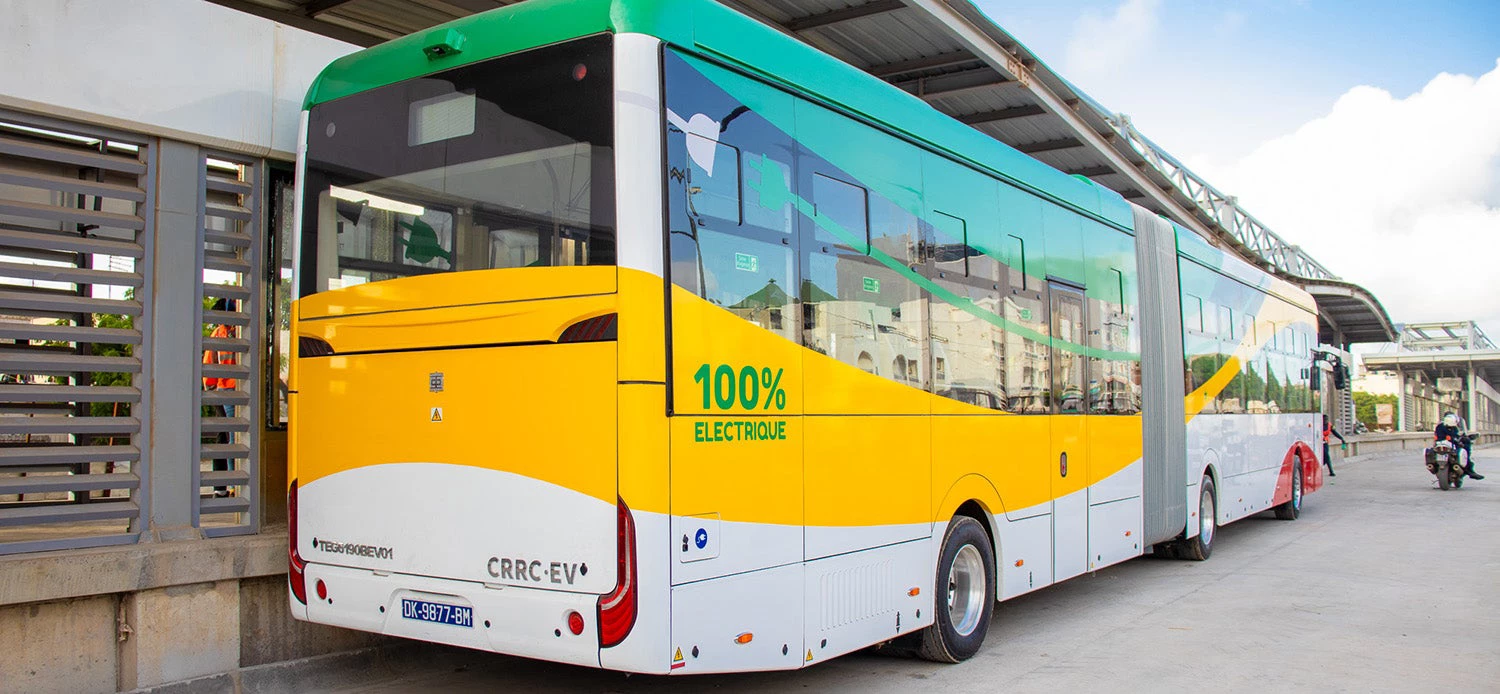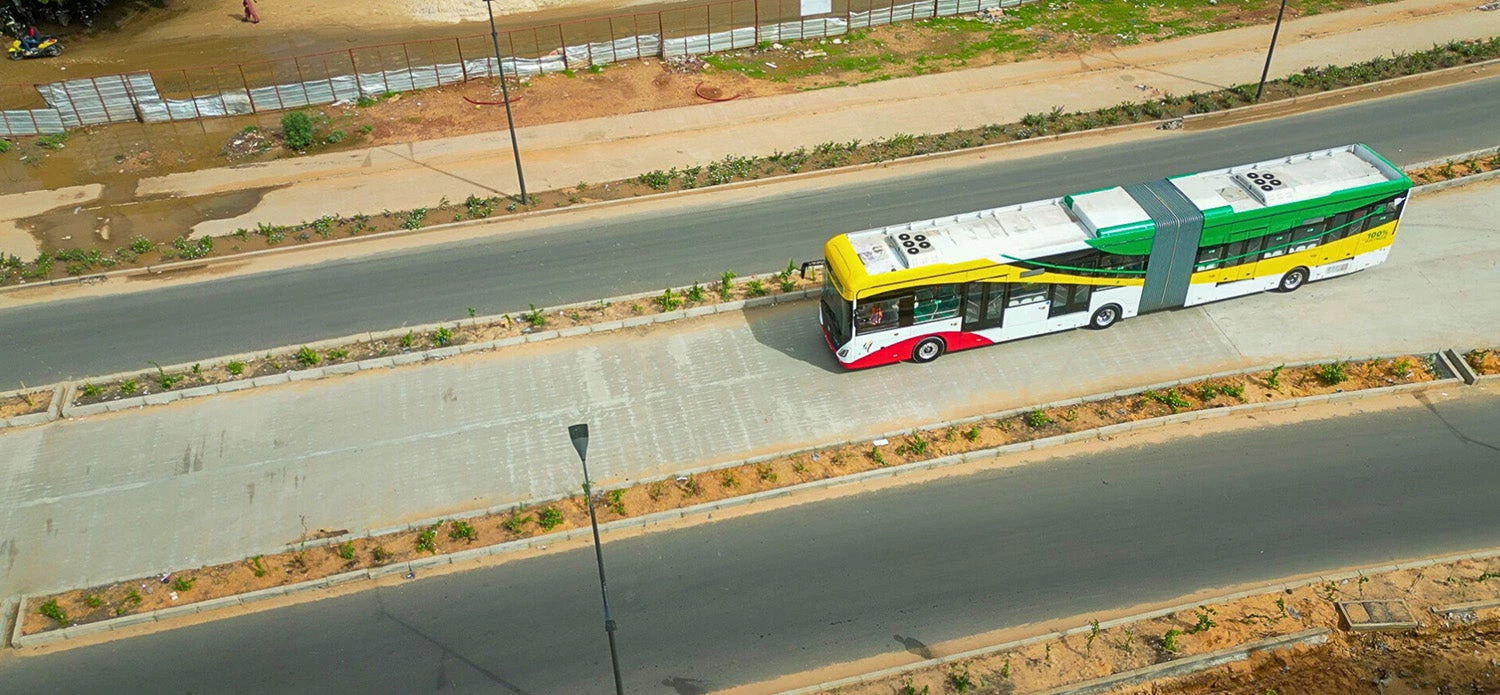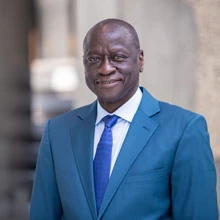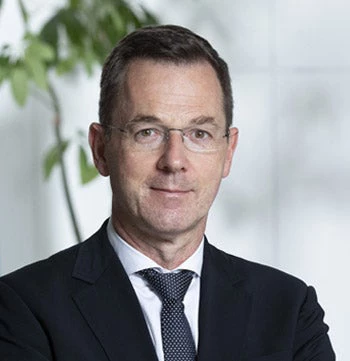 Bus Rapid Transit in Senegal
Bus Rapid Transit in Senegal
In just a few short weeks, residents of Dakar, Senegal are going to see some big changes to their transportation system. A new Bus Rapid Transit (BRT) system is set to open soon, making it the first all-electric BRT system on the African continent. The BRT will generate a combination of socioeconomic benefits that will contribute to a more livable city . There is a lot to be excited for with the launch of this system, but we would like to highlight five things:
- Better Transport: Dakar is one of the fastest growing cities in Africa and its transport options need to keep up . The BRT system will feature dedicated bus-only lanes, fixed routes and stops, predictable timetables and a comfortable, safe ride for up to 320,000 daily commuters. When the BRT is running, residents – especially women and low-income people – will see a dramatic improvement in their access to jobs, health and education services. The BRT is expected to make 170,000 jobs newly accessible, and 59% percent of all job opportunities in Dakar will be reachable in an hour or less.
- Faster Travel: One of the major challenges in the Dakar area is traffic congestion, leading to wasted time and increased frustration for commuters. The BRT system should influence people to shift their travel plans from private cars to the bus, ultimately reducing the number of cars on the road and making trips faster for everyone. A typical trip from the city’s periphery to the central business district used to take around 90 minutes or more. With the BRT, the travel time for similar trips should only take 45 minutes.
- Cleaner Air and greenhouse gas reduction: Along with congestion comes air pollution. The implementation of a BRT system will have a positive impact on air quality. In Dakar, air pollutants are seven times higher than recommended levels, and traffic fumes are a major contributor. By encouraging a modal shift from private vehicles to public transportation, the BRT will help reduce air pollution and greenhouse gas emissions. The World Bank expects a 1.2 million ton reduction in GHG emissions over a 30-year period, roughly the equivalent of getting 260,000 cars off the road.
The BRT project takes GHG reductions a few steps further. Dakar will see its first-ever bike lanes along the BRT route, which also offers significant climate-friendly landscaping improvements, such as trees and ground-covering plants.
Credit: CETUD in Senegal - Blueprint for Future Projects: Dakar’s transport challenges have a lot in common with other cities in Africa. The experience and lessons learned from implementing the BRT in Dakar can be shared and replicated in other urban areas, leading to improved transportation systems in the region and globally. BRT systems boast capacity and performance levels that are close to other advanced public transport technologies such as metro or light rail. The difference with metro or light rail? Building a BRT is much cheaper and faster, making it an attractive option for cities that are looking to develop high-quality mass transit with limited time or resources. The World Bank and IFC have a track record of working with countries to improve urban mobility, including over 20 BRT projects in 15 cities, and this project provides more momentum. The Dakar project demonstrates how it’s possible to transform a city’s transport system with electric mobility, redefining the standard for sustainable urban transport.
The Dakar BRT project includes performance indicators to ensure best-in-class quality of service, punctuality, safe operations, GPS-connected vehicles, modern payment for users through contactless smart cards, improved security with video surveillance, appropriate signposting and lighting systems, as well as pedestrian safety. All these features should be included in future projects around the world.
- Mobilizing Private Capital and Partnerships: The implementation of Dakar’s BRT system demonstrates how effective it can be for multiple partners to get involved with project delivery. The Dakar BRT generated support from the World Bank, the European Investment Bank, IFC, MIGA, the government, and the private sector. In this case, the electrification of the BRT’s buses was made possible with $144 million in private sector financing, delivered through a public-private partnership (PPP) implemented with the support of IFC. The infrastructure financing gap in developing countries is massive and extends beyond what governments can do alone. Transport can present a significant investment opportunity for private capital, and the Dakar BRT shows how to make this happen.
Dakar’s Bus Rapid Transit system holds immense potential for transforming its transportation landscape . From better transport and reduced congestion to cleaner air, replicability, and private sector investment opportunities, the BRT system promises a brighter future for Dakar and its residents. As the BRT becomes a reality, we can look forward to a more efficient future.





Join the Conversation